US West Coast to be hard-hit by Fukushima radiation
福島放射能の大打撃を受けるアメリカ西海岸
21 August, 16:26

An ocean current called the North Pacific Gyre is bringing Japanese radiation to the West Coast of the US. While many people assume that the ocean will dilute the Fukushima radiation, a previously-secret US government report reveals that the ocean may not adequately dilute radiation from nuclear accidents, and there could be “pockets” and “streams” of highly-concentrated radiation.
北太平洋旋廻と呼ばれる海流が、日本の放射能をアメリカ西海岸へと運んでいる。多くの人が、海が福島の放射能を薄めてくれると思い込んでいる一方で、前に書かれた機密のアメリカ政府のレポートは、原子力事故からの放射能が海で薄められず、高度に濃縮された放射能の「ポケット」あるいは「流れ」がある可能性があるかもしれないことを明らかにしている。
Scientists from the National Oceanic and Atmospheric Administration’s (NOAA) Pacific Marine Environmental Laboratory and 3 scientists from the GEOMAR Research Center for Marine Geosciences show that radiation on US West Coast could end up being 10 times higher than in Japan.
米国海洋大気局、太平洋海洋環境研究所の科学者たちとドイツのGEOMAR研究センター、地球科学者3名は、アメリカ西海岸に到達する放射能が日本の海岸より10倍高いものになるだろうと示している。

According to the study, after 10 years the concentrations become nearly homogeneous over the whole Pacific, with higher values in the east, extending along the North American coast with a maximum (~1 × 10−4) off Baja California.
その研究によると、10年後に放射能の濃縮は太平洋全体でほぼ均等になり、東で高く、北アメリカ海岸沿いに広がり、バハカリフォルニア沖で最大(~1 × 10−4)となるという。
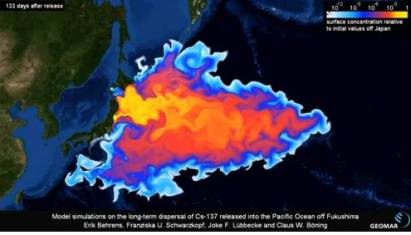
With caution given to the various idealizations (unknown actual oceanic state during release, unknown release area, no biological effects included), the following conclusions may be drawn.
様々な理想化がされている(漏洩の際の実際の海の状態は知られておらず、漏洩場所もわからず、生物へ影響が全く考慮されていない)ことに警戒し、以下の結論が導かれるだろう。
Dilution due to swift horizontal and vertical dispersion in the vicinity of the energetic Kuroshio regime leads to a rapid decrease of radioactivity levels during the first 2 years, with a decline of near-surface peak concentrations.
強力な黒潮の流況近隣の迅速な横、縦の拡散による希薄化は、最初の2年で放射能レベルを急速に減少させ、海面の濃縮のピークも減少する。
The magnitude of additional peak radioactivity should drop to values comparable to the pre-Fukushima levels after 6–9 years (i.e. total peak concentrations would then have declined below twice pre-Fukushima levels).
放射能の更なるピークの規模は6~9年後に福島の事故前に比べられるほどにまでに落ちるはず。(例:その時にはピークの濃縮の合計が、事故前の2倍以下まで下がるだろう。)
By then the tracer cloud will span almost the entire North Pacific, with peak concentrations off the North American coast an order-of-magnitude higher than in the western Pacific.
その時までには、着色トレーサーの域は前北太平洋に広がっている。そして、北アメリカ海岸沖の濃縮のピークは西太平洋より桁が高くなる。
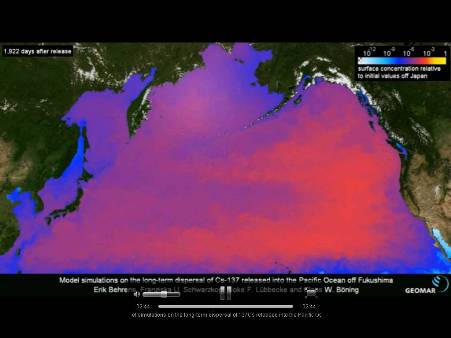
Indeed, another team of top Chinese scientists have just published a study in the Science China Earth Sciences journal showing that Fukushima nuclear pollution is becoming more concentrated as it approaches the West Coast of the United States, that the plume crosses the ocean in a nearly straight line toward North America, and that it appears to stay together with little dispersion.
実に中国の科学者チームは、サイエンス・チャイナ、地球科学誌の中でその研究を発表し、福島の汚染がアメリカ西海岸に近づくにつれ、濃縮度が高くなっていると示している。太平洋を渡るプルームは、北アメリカめがけてほぼ直線で、濃縮の固まりはほとんど拡散せず留まったままであることを表している。
The time scale of the nuclear pollutants reaching the west coast of America is 3.2 years if it is estimated using the surface drifting buoys and 3.9 years if it is estimated using the nuclear pollutant particulate tracers.
アメリカ西海岸に放射能汚染物質が到達するのにかかる時間は、海面に浮かばせた浮きを使った推定で3.2年、放射能汚染物質粒子トレーサーを使った推測で3.9年。
It is worth noting that due to the current near the shore cannot be well reconstructed by the global ocean reanalysis, some nuclear pollutant particulate tracers may come to rest in near shore area, which may result in additional uncertainty in the estimation of the impact strength.
海岸近くの海流が、地球全体の海の再分析により十分再建されることができないため、いくらかの放射能汚染粒子トレーサーが海岸近くで止まってしまう可能性があり、そのことで、影響の大きさを推測するのに不確実性が伴う結果となることが考えられる。
Voice of Russia, IOP Science

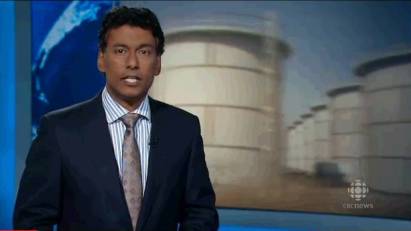

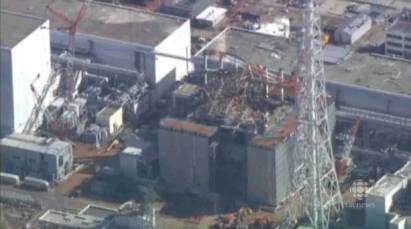
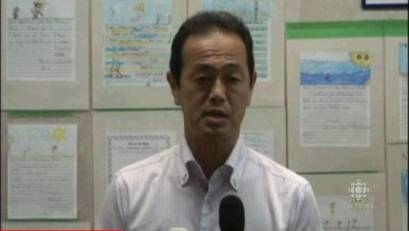


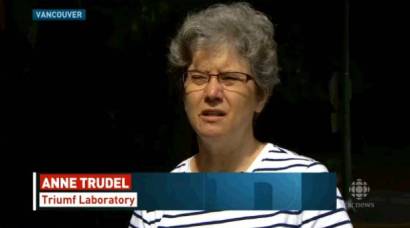
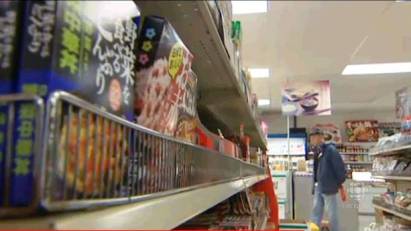
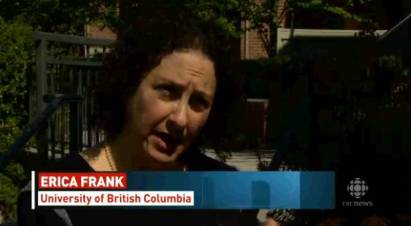





.jpg)


